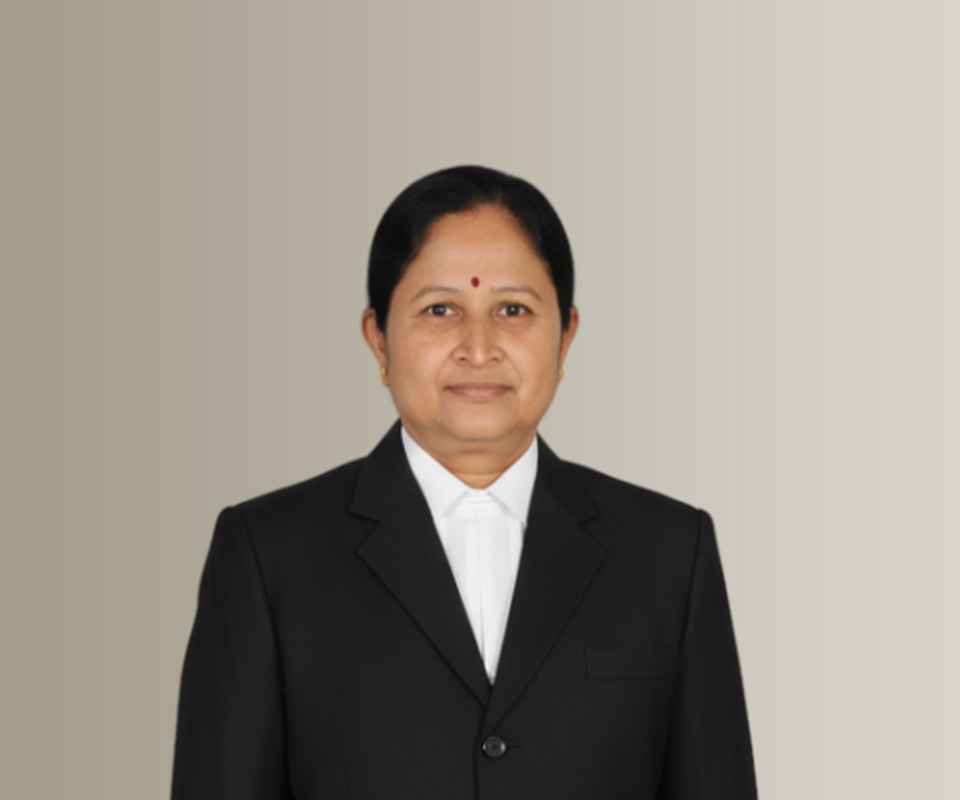Answer By law4u team
Yes, a patent can be licensed to multiple parties. Whether this is done through exclusive or non-exclusive licensing agreements depends on the nature of the patent and the business strategy of the patent holder. Licensing a patent to multiple parties allows the patent holder to maximize the commercial potential of their invention while granting others the right to use the patented technology.
Types of Patent Licenses for Multiple Parties:
Non-Exclusive License:
A non-exclusive license allows the patent holder to grant the right to use the patented invention to multiple licensees simultaneously. Each licensee can use the patent, but the licensor may also license it to others.
Key Features:
- The licensee does not have exclusivity in the market.
- The patent holder can license the patent to several other parties, potentially expanding the reach of the invention.
- The licensee typically pays royalties based on sales or usage, but the agreement does not prevent others from using the patent.
Example: A company licenses a software patent to multiple developers to incorporate the technology into their applications. Each developer pays royalties, but all are allowed to use the patent.
Exclusive License (with Limitations):
An exclusive license grants a single licensee exclusive rights to use the patented technology within a specific market or territory. However, in some cases, a patent holder may grant multiple exclusive licenses in different territories or fields of use.
Key Features:
- The licensee has exclusivity within their specific territory or sector, but this exclusivity is limited to a defined scope.
- The patent holder may still grant exclusive licenses to other parties in different geographic regions or sectors, maintaining some control over the patent’s use.
Example: A company grants an exclusive license for a patented medical device in the U.S. and another exclusive license for the same patent in Europe.
Cross-Licensing:
Cross-licensing is another arrangement where two or more parties license patents to each other. This often happens when companies in the same industry own complementary technologies and agree to license their respective patents to each other, sometimes involving multiple parties.
Key Features:
- Each party may use the other’s patents, creating a mutually beneficial arrangement.
- Cross-licensing can involve multiple parties and often occurs when there is a large patent pool (such as in telecommunications or technology sectors).
Example: Two tech companies with different patent portfolios in smartphone technology agree to cross-license their patents to each other and a third-party manufacturer, allowing all parties to use each other’s technology.
Advantages of Licensing a Patent to Multiple Parties:
Maximizing Revenue:
Licensing a patent to multiple parties can generate multiple income streams for the patent holder. This is especially useful for patents with wide commercial applications or in industries where there are numerous potential licensees.
Example: A patent for a new chemical compound used in multiple industries (pharmaceuticals, agriculture, food processing) can be licensed to various companies in each sector.
Expanding Market Reach:
By licensing the patent to multiple parties, the patent holder can extend the reach of their technology into different markets and territories without needing to establish their own presence in those regions.
Example: A company may license its patent for a new manufacturing process to firms in different countries, helping it grow its global presence without the risk and expense of operating in those countries.
Reduced Risk for Licensees:
For the licensees, obtaining a non-exclusive license allows them to use the patented technology without taking on the high cost or risk of exclusive licensing. They also benefit from knowing that the technology is not restricted to just one company.
Example: A small company may prefer a non-exclusive license to a patented invention so that it can test the market while still retaining the flexibility to use other technologies.
Disadvantages of Licensing a Patent to Multiple Parties:
Potential Market Competition:
Licensing a patent to multiple companies can lead to competition among the licensees. The patent holder may find it challenging to maintain control over how the technology is used or marketed by different parties.
Example: If multiple licensees produce a similar product using the same patented technology, they may compete with each other, potentially reducing overall sales.
Lower Royalty Rates for Each Licensee:
In a non-exclusive licensing arrangement, the royalty rate may be lower for each individual licensee since the patent holder is granting rights to multiple parties. This could mean less income per licensee compared to an exclusive license.
Example: A company may earn a higher royalty rate from a single exclusive licensee, but if it licenses to multiple companies, each may pay a lower royalty rate, resulting in less per-unit revenue.
Difficulty in Enforcement:
With multiple licensees, the patent holder may face challenges in ensuring compliance with the terms of the licensing agreement, especially in cases where licensees have different interpretations of the patent's scope or usage.
Example: One licensee may attempt to use the technology outside the agreed-upon scope or territory, requiring the patent holder to enforce the terms and prevent misuse.
Example:
A biotechnology company patents a new gene-editing technology. Instead of granting an exclusive license to one company, it licenses the technology to multiple pharmaceutical firms to develop different types of treatments. The firms each pay a royalty based on their sales, but the biotech company benefits from having the technology used widely across the industry. While this maximizes revenue and accelerates market penetration, the company must monitor each licensee to ensure that they adhere to the agreed-upon terms.
Conclusion:
Yes, a patent can be licensed to multiple parties, especially through non-exclusive licenses, which allow the patent holder to maximize their revenue while retaining control over the technology. However, there are also challenges, such as managing competition among licensees and ensuring compliance. Each party must weigh the pros and cons of such arrangements carefully to ensure that the licensing structure is beneficial for both the patent holder and the licensees.







